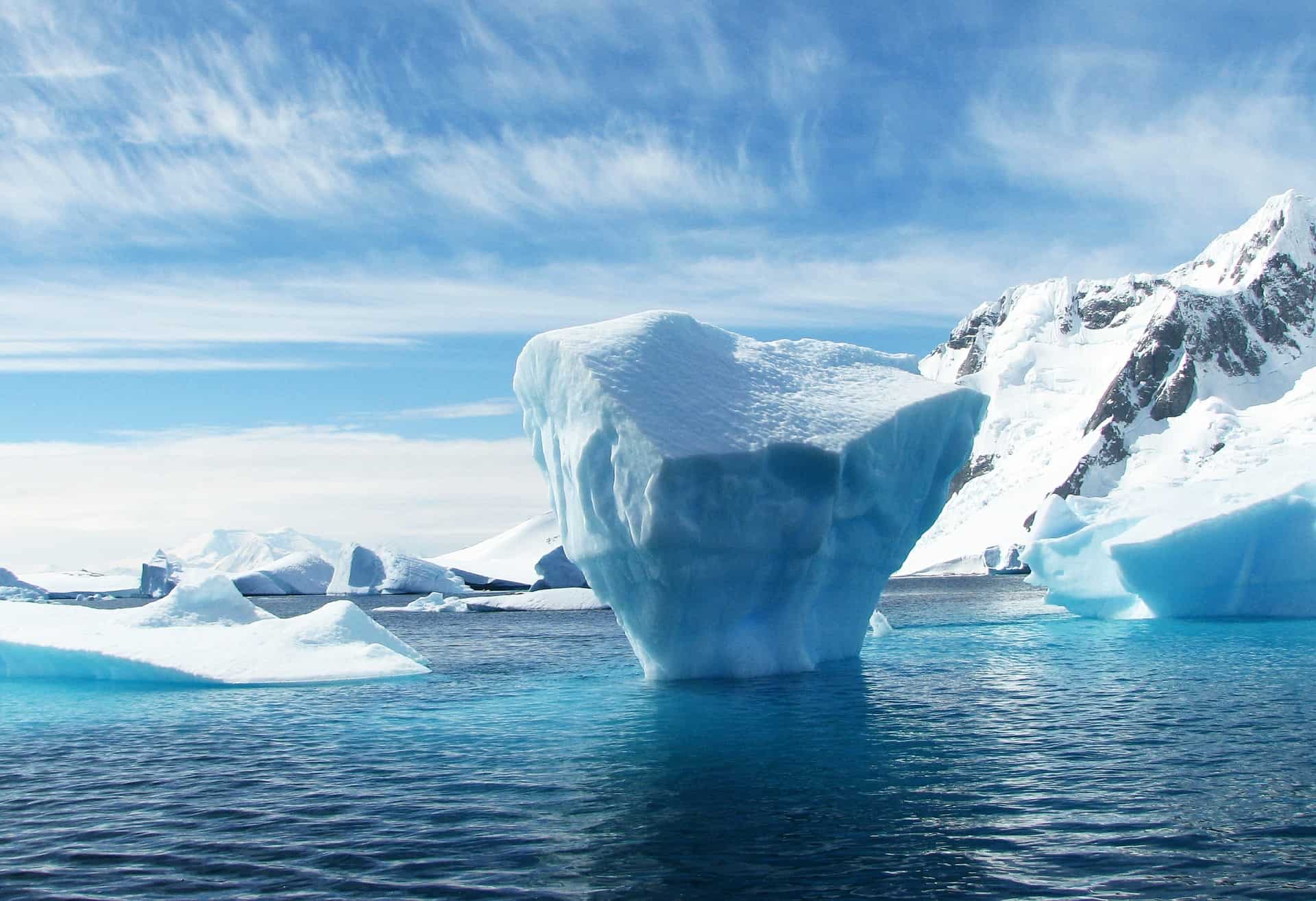
Scientists have discovered a huge crack in an Antarctic glacier which will inevitably completely break off in the very near future. The huge ice block is part of the Larsen C ice shelf, which is part of one of the world’s largest glacier systems. The newly discovered crack in the ice of this leading edge block is rapidly growing, according to scientists, which means that it could break off from the southern continent in just a few months.
Whilst it is normal for ice shelves, which float on the ocean, to break off, the worry for this particular piece is its gigantic proportions. The slab of ice is more than 1,100 feet thick and around 2,000 square miles, making it almost twice the size of Rhode Island. Scientists believe that the ice shelf is destabilizing at alarming rates, which they claim is likely due to rapid global warming.
Through the study of satellite images, scientists believe that the crack began forming during 2010 and continued to lengthen to 18 miles by 2015. This dramatically increased during the following year, as in March 2016 it was 14 miles longer. Scientists from NASA’s Operation IceBridge survey decided to take a closer look in November by flying over the rift, confirming that it is at least 70 miles long, 300 feet wide, and one-third of a mile in depth.
Fears have begun about when the ice will break off, as another group of researchers from Swansea University in the UK have confirmed that the entire block is now hanging on by just 12 miles of unfractured ice. Adrian Luckman, a glaciologist at Swansea University, said in a January 6 press release, “If it doesn’t go in the next few months, I’ll be amazed. It’s so close to calving that I think it’s inevitable.” Joe MacGregor, a glaciologist and geophysicist at NASA’s Goddard Space Flight Center, previously told Business Insider, “Rifting of this magnitude doesn’t happen so often, [so] we don’t often get a chance to study it up close.” Whenever the block of ice does break off it will be the third-largest in recorded history.

MacGregor claimed that the block will drift out into the Weddell Sea before entering into the Southern Ocean, and will take at least several months to melt. Due to the vast size of the Larsen C’s ice block, fears have been expressed by researchers involved in computer modeling that the block breaking off may destabilize the entire ice shelf, which is around twice the size of Massachusetts, at around 19,300 square miles, which would occur through a ripple effect. Although MacGregor claims that the calving of the ice shelf will not affect the stability of the ice shelf.
In 2002, a similar incident occurred when a huge piece of Larsen B snapped off, but within just a month of this, a piece of the ice shelf behind it that was even bigger rapidly disintegrated. It has been predicted that the entirety of the remaining Larsen B may also break off by 2020. Larsen C is said to already be floating in the ocean, as ice shelves do. Therefore it has already displaced a large mass of water, subsequently raising the sea level. MacGregor has said that the melting of this iceberg, therefore, will not change this water mass.
However, if Larsen C does collapse, once all of the ice has melted, it could add an additional 4 inches to sea levels over the preceding years, contributing to the planet’s climate change.
What are your thoughts? Please comment below and share this news!
This article (Gigantic Antarctic Glacier Is Due To Break Off In Just A Few Months) is free and open source. You have permission to republish this article under a Creative Commons license with attribution to the author and TrueActivist.com


